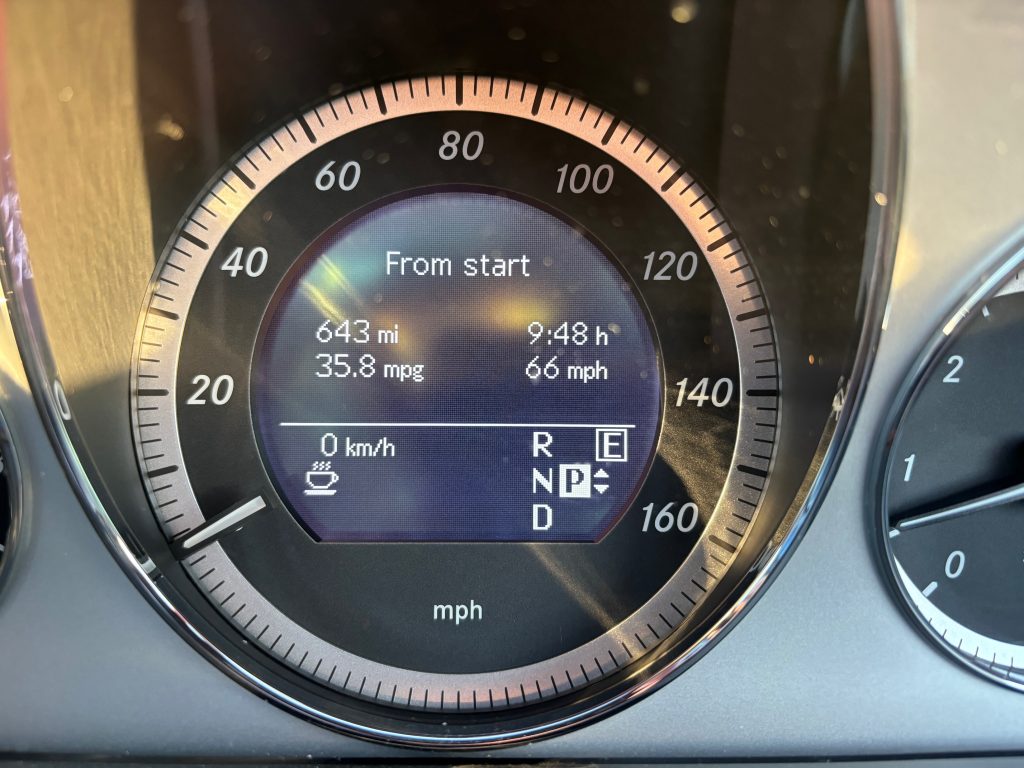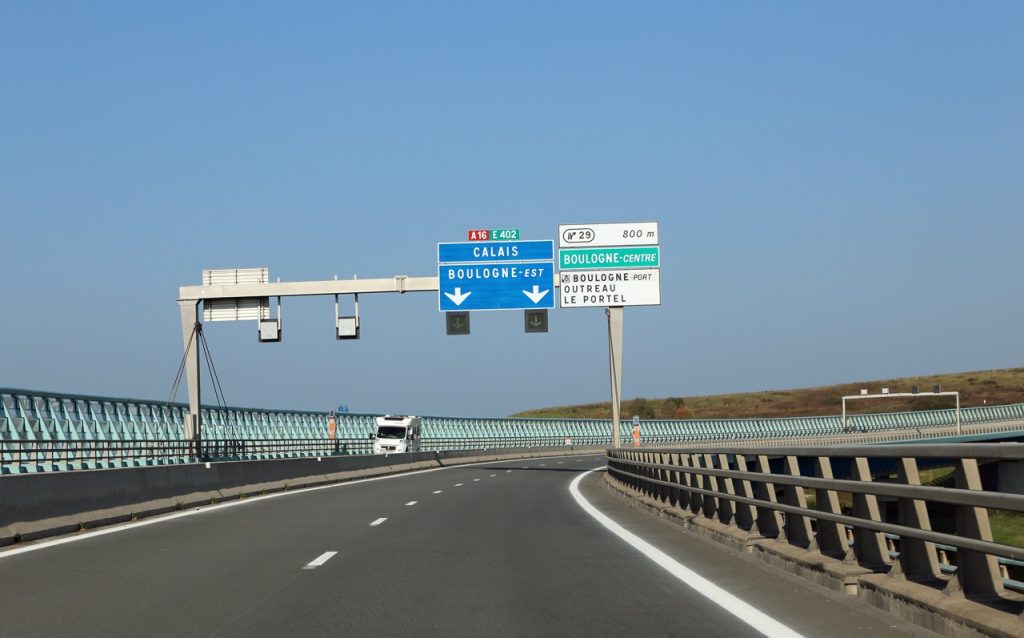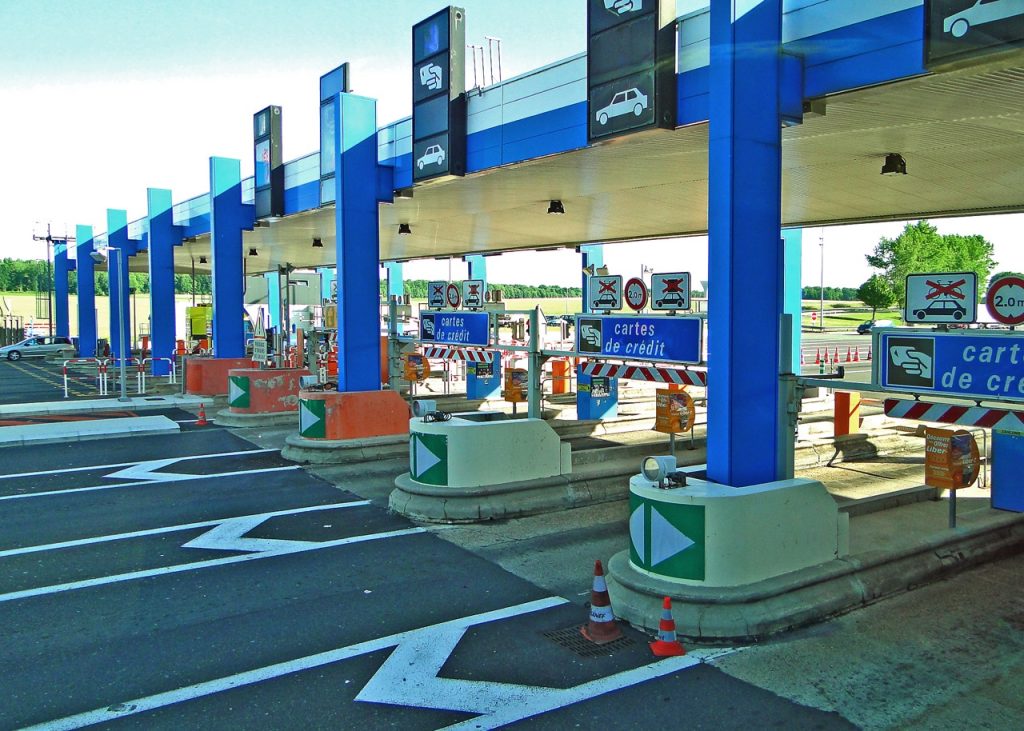There are a hundred and one good reasons, plus a few more besides, to embrace the trunk roads of France and travel across country, but when you have to be somewhere and aren’t blessed with the luxury of time, a leisurely tour d’interieaur of our continental neighbour is off the cards – no matter how tempting it is to set aside the afternoon for a four-course lunch with cheese, wine, and a glass of cognac with the locals.
Take my trip last weekend. A family wedding near the picture-postcard town of Lourmarin, way down south in Luberon, called for a two-pronged approach to get five of us there. Three would travel by car, setting off at an ungodly hour on the Friday morning; two would catch an afternoon train to Stansted and fly.

The motorists arrived at 5 p.m., just in time to enjoy drinks with the happy couple at a pre-event cocktail party. The aviators, hit by a delay, made it to us by 1.30 a.m., looking considerably more weary and fit for nothing but bed.
By the end of the drive, after rolling off the top-deck ramp of Le Shuttle, my old Mercedes E350 CDI battlebus had clocked up 643 miles, taking less than 10 hours and averaging – wait for it – 66mph. Such stats will have any long-distance driver in Britain crying into the fold of their elbows, where the average speed is falling year on year, and now sits at 57mph. Our motorway networks are littered with roadworks. Journeys can increasingly be measured in inches, not miles, as we struggle to make anything approaching acceptable progress.

France and the UK both accommodate 67 million people, but our small island only boasts 2300 miles of motorway network. In France, the tolled motorway network is more than double that, at 5700 miles. The autoroute arteries are said to enable more than 59 billion miles of travel a year, made by 53 million vehicles, according to the most recent data shared by the Association of French Motorway Companies (ASFA).
All that space makes the toll roads a soothing way to travel, unless you’re particularly unlucky. It’s especially noticeable how joining slip roads are long, flowing, and considered, giving drivers time to comfortably build speed and match the flow of traffic, unlike the UK’s crowded landscape that compresses slip roads and flings drivers into far-faster moving traffic on a wing and a prayer.
My journey to the east of Paris, via Reims, Dijon, Lyon, and Avignon, was for the large part one of blissful progress, far-reaching views, immaculately tended farmland and courteous fellow road users. As for litter? Not a drinks can or crisp packet in sight throughout the near 10-hour journey. And let’s not bother comparing the road surface with our patchwork affair. In all that time I didn’t encounter a single pothole or fight the car as it was tugged about the road by subsidence and dodgy cambers with more enthusiasm than the French cousins I witnessed at the wedding having a vin-rouge–fuelled dance-off at 2 a.m.
What I wasn’t expecting was the courtesy of fellow autoroute users. Not once did an overbearing SUV attempt to intimidate its way past by driving an inch from your bumper with lights ablaze. In fact, at a steady 80 to 85mph, which is give or take the legal limit of 130kph, we were one of the brisker moving cars touring the toll roads.

When the time came to take a break, grab an espresso, and treat the kids to a slice of tarte aux pommes, the service stations were free from crowds, clean and sympathetically laid out so that eating outside didn’t feel like sitting in the middle of a car park.
The greatest risk to drivers, then, isn’t an encounter with dire service areas. It’s fatigue. With such an expansive and generally free-flowing motorway network, undertaking long distances is common. Which means fatigue – falling asleep at the wheel – is the main cause of fatal accidents on the network. But the frequency of rest areas at least attempts to alleviate this problem.
The most common grumble about France’s toll roads used to be finding yourself waiting behind a Brit travelling solo. You’d sigh and look on as they released their seatbelt, clambered across the cabin, inserted a ticket, waited for the fee to display and then scrabbled around to find enough change to fling in the basket, at which point one coin would inevitably roll out, forcing the driver to climb out of the car to try and retrieve it – before reversing the procedure as the barrier stood open and impatient drivers sounded their horns. But technology has changed all that; today they just fumble and drop their credit card.

Actually, these days, savvy continental travellers are armed with Bip&Go or Emovis electronic toll payment tags that offer reserved lanes and do away with stopping and starting altogether. It may not be the cheapest way to travel, but once you’ve experienced sailing past waiting queues of traffic, you’ll not give a baguette about paying a modest subscription.
Some critics have argued that the French state sold off its motorway network too cheaply to the private operators. Maybe. But you only need to arrive back at Folkestone, drive off the Eurotunnel, and take the exit ramp toward the M20, and within a few hundred yards you’ll appreciate just how good France’s toll roads are.









Couldn’t agree more. Had my first experience of French motorways and driving last year and it was amazing.
Exactly as the article says. Expansive, clean, smooth, hassle-free.
Hoping to go again later this year or early next.
My 2004 quarter of a million miles Mercedes 320 CD Estate regularly did the c.800 mile run Calais to Aigue-Mortes in the South on one 80 litres tank of fuel, roughly 42 mpg at avg speed 66mph, echoing you experience.
Contrasting your praise of the run on/off the Autoroutes are the run on/offs to the Périphérique, which benefit from a driver with strong nerves and a car with strong performance to join the traffic smoothly.